|
R (Small
Washington Tablet)
15. Once again. After the strong and broad beams of light from the Sun had disappeared from view the thin light sources in the night sky gradually would become visible - having been out of sight since early morning. And the Bats would fly out from their caves. Ta.: verovero, to twinkle like the stars. 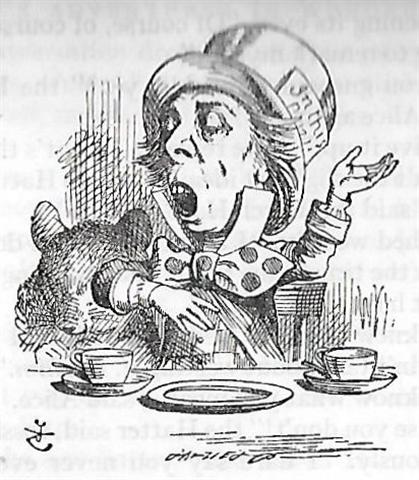 'Twinkle, twinkle, little bat!' // How I wonder what you're at!' In the Mayan calendar there was a 20-day month named Bat.(Muan, Moan) presumably after the time when One Hunaphu had lost in the game and been put in the fork of the Calabash Tree:
... The Mayan 20-day skeleton tree month Kankin was beginning with day 261 (= 9 * 29) and ending with day 280. 261 - 20 = 241 and therefore we might guess the previous 'red meat' month (Mac) was beginning not with day 241 but with day 242 because that was the position of Vathorz Posterior. Here the Tree was still living and in good shape - not a skeleton but still with meat on ...... With Zotz as 'opener of the way' Moan will be the 'closer of the way' ....
... I cannot see a fish in any of these Zotz glyphs. However, after some time I stumbled on another item: ... the month called Zotz in Yucatec shows a head identifiable as that of a leaf-nosed bat, called zotz in Yucatec ... The so called xoc fish imagined in the zotz glyph refers only to the one in the monumental form, I must conclude. It is hardly a fish of any sort. It is a composite beast with traces of serpent ('teeth') and bat ('leaf-nose') ... When illustrating the zotz (bat) Kelley gives the following glyphs:
...This mode of reckoning seems to be a peculiarity of the far north: the Icelanders reckoned in misseri, half-years, not in whole years, and the rune-staves divide the year into a summer and a winter half, beginning on April 14 and October 14 respectively. But in Germany too, when it was desired to denote the whole year, the combined phrase 'winter and summer' was employed, or else equivalent concrete expressions such as 'in bareness and in leaf', 'in straw and in grass' ... Notably their mouths are open - explaining why the bird companions of Maui should not open their beaks and laugh: ... in a moment little tiwaiwaka the fantail could no longer contain himself. He laughed out loud, with his merry, cheeky note, and danced about with delight, his tail flickering and his beak snapping. Hine nui awoke with a start. She realised what was happening, and in a moment it was all over with Maui. By the way of rebirth he met his end ...
And we can guess that nighttime was counted not from the winter or summer solstice but from spring equinox when the Full Moon ideally should be visible at the place for the September equinox. Thuban, drawn as a tail at top center in the illustration below,
was the target for the temporary dead God Pharaoh Knum Khufu:
... Instead of that old, dark, terrible drama of the king's death, which had formerly been played to the hilt, the audience now watched a solemn symbolic mime, the Sed festival, in which the king renewed his pharaonic warrant without submitting to the personal inconvenience of a literal death. The rite was celebrated, some authorities believe, according to a cycle of thirty years, regardless of the dating of the reigns; others have it, however, that the only scheduling factor was the king's own desire and command. Either way, the real hero of the great occasion was no longer the timeless Pharaoh (capital P), who puts on pharaohs, like clothes, and puts them off, but the living garment of flesh and bone, this particular pharaoh So-and-so, who, instead of giving himself to the part, now had found a way to keep the part to himself. And this he did simply by stepping the mythological image down one degree. Instead of Pharaoh changing pharaohs, it was the pharaoh who changed costumes ... And half a year away (in FEBRUARY 14) was the Knot (Al-risha). Thus there could be a sudden calendar shift from spring equinox (Sun) to the corresponding place for the Full Moon - or vice versa: ... In China, every year about the beginning of April, certain officials called Sz'hüen used of old to go about the country armed with wooden clappers. Their business was to summon the people and command them to put out every fire. This was the beginning of the season called Han-shih-tsieh, or 'eating of cold food'. For three days all household fires remained extinct as a preparation for the solemn renewal of the fire, which took place on the fifth or sixth day after the winter solstice ...
355 (December 21) + 6 = 361 (→ 9 * 29 + 100). *188 (September 25) = 361 - 93. 9 * 29 + 93 = 354.
... The glyph for the last day of September (according to my current suggestion) was drawn very much like that 6 days earlier - there are 8 'feathers' in front and 3 'faces' at the back side. But the bottom one is now more in view and sagging like the breast of a woman. By reading the glyphs in pairs we can guess this change was intended to visualized a transformation from strings to broad daylight ...
... *188 = 268 ↔ *268 (Apollyon, ι Scorpii) - in nighttime also the days before spring equinox should be counted ...
Assuming we should count time from April 1 instead of from the winter solstice in Decmber 21 (355), we should go from the date September 25 (268) to night number 268 - (364 + 91 - 355) = 268 - 100 = 168. Betelgeuze (*88) - the Moist One - was at the brink of the Milky River and the way ahead to Gemini implied swimming.
|
|||||||||||||||||||||||||||||||||||||||||||||||||||||||||||||||||||||||||||||||||||||||||||||||||||||||||||||||||||||||||||||||||||

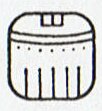
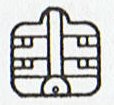

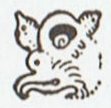

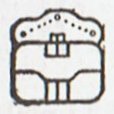
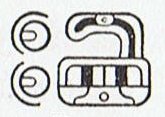
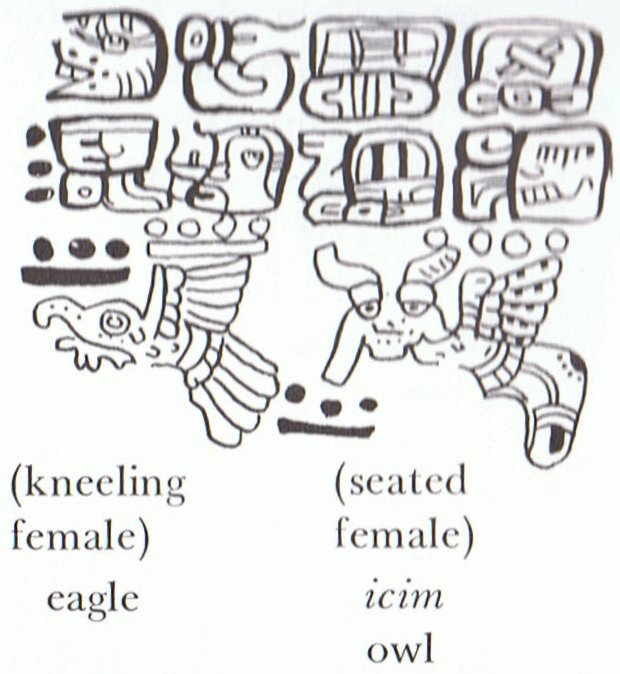


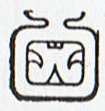
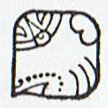

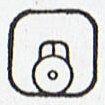
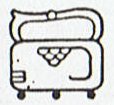
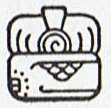



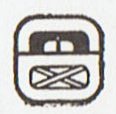
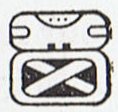
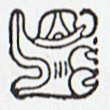
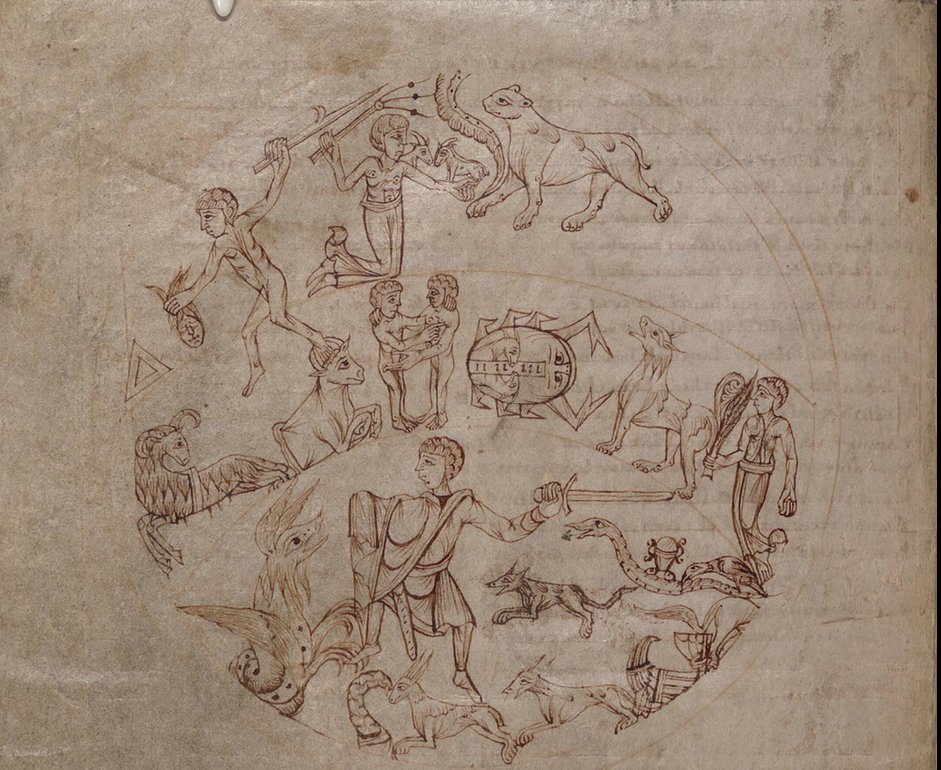
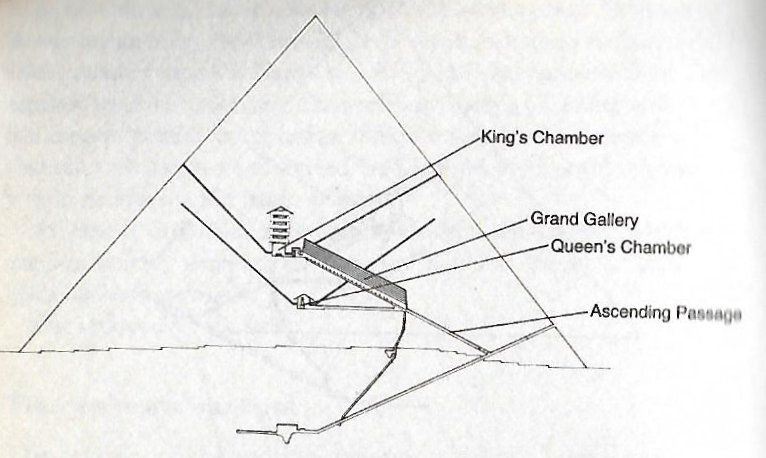


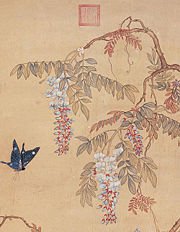


.jpg)